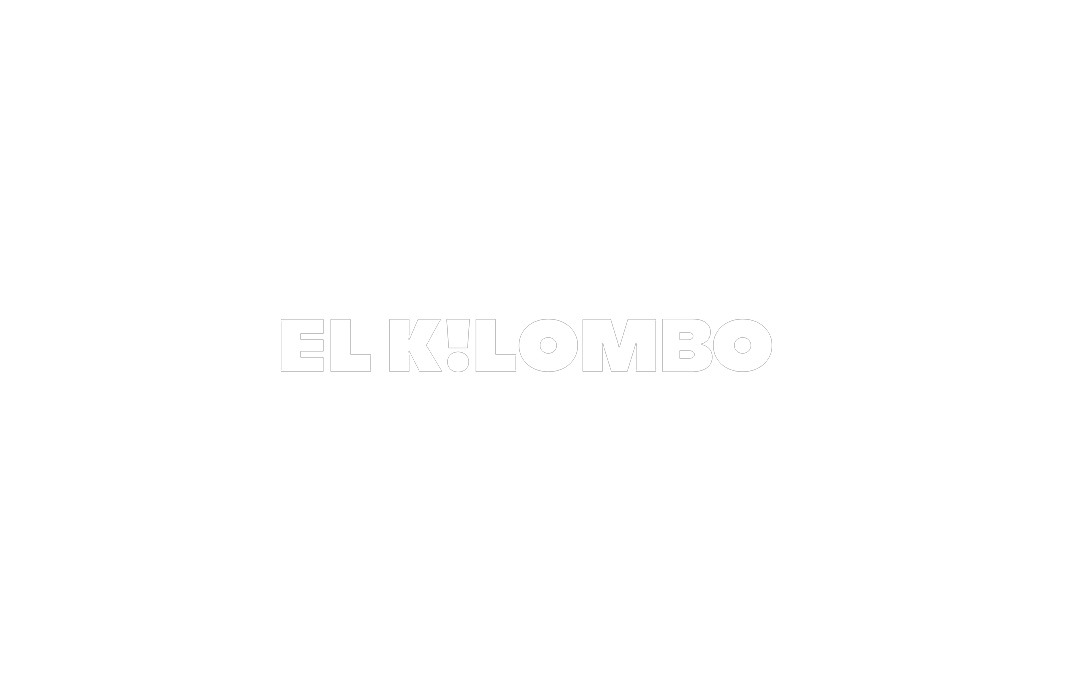Leading the web3 marketing industry since 2017
- Now, you know
More than 250 satisfied customers, more than 250 customized strategies
Discover some our clients & their Use Cases
You build, we blow it all up
Discover what we do, and how we do it

Community Building

Branding & Design

Press Relation

KOLs Management

Event Management in 🇫🇷
Strategy & Growth Hacking
Mutate web 3.0 projects into something bigger
Marketing Experts
Since 2017, we've been redefining web3 marketing, merging deep expertise with a relentless pursuit of ROI. Our strategies don't just aim; they deliver, proving our prowess with over 150 success stories.
ROI Oriented
Results reign supreme. We track, analyze, and optimize tirelessly, ensuring every action translates into tangible growth. No fluff, just the financial impact that speaks volumes.
The Right Network
During each project, we carefully track our success to ensure the numbers reflect our hard work. We want you to be able to rely on hard proof that our services are top notch.
Global Reach
Our international footprint allows us to amplify your project across borders while maintaining the personal touch that resonates on a local level. Think globally, impact locally with us.
Viral Visionaries
We craft messages that don't just circulate; they captivate. Leveraging the web3 ethos, we ensure your project spreads like wildfire, catching eyes and igniting interest.
Web 3.0 Pioneers
We're not just participants in the web3 revolution; we're pioneers. Our journey since 2017 has been about building trust, spreading ideas virally, and setting the pace for innovation.
Results are king
We track, analyze, and optimize tirelessly, ensuring every action translates into tangible growth. No fluff, just the financial impact that speaks

Funds Raised
Clients Served
Key Opinion Leaders

Maximum ROI Achieved

media & journalists
Web 3.0 Pioneers
Not without our partners
Our network and experience allow us the privilege of being surrounded by fantastic web 3.0 businesses we can rely on to turn your dreams to reality.





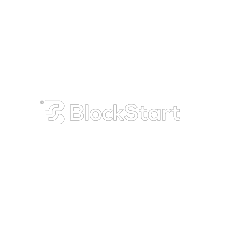







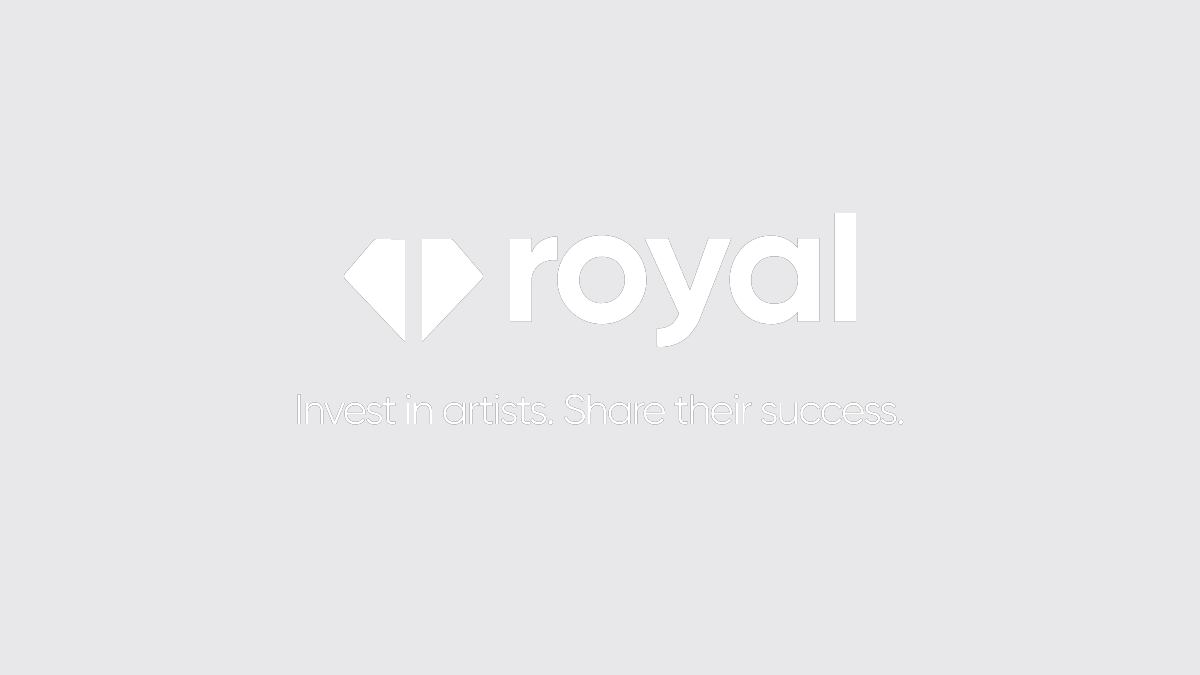





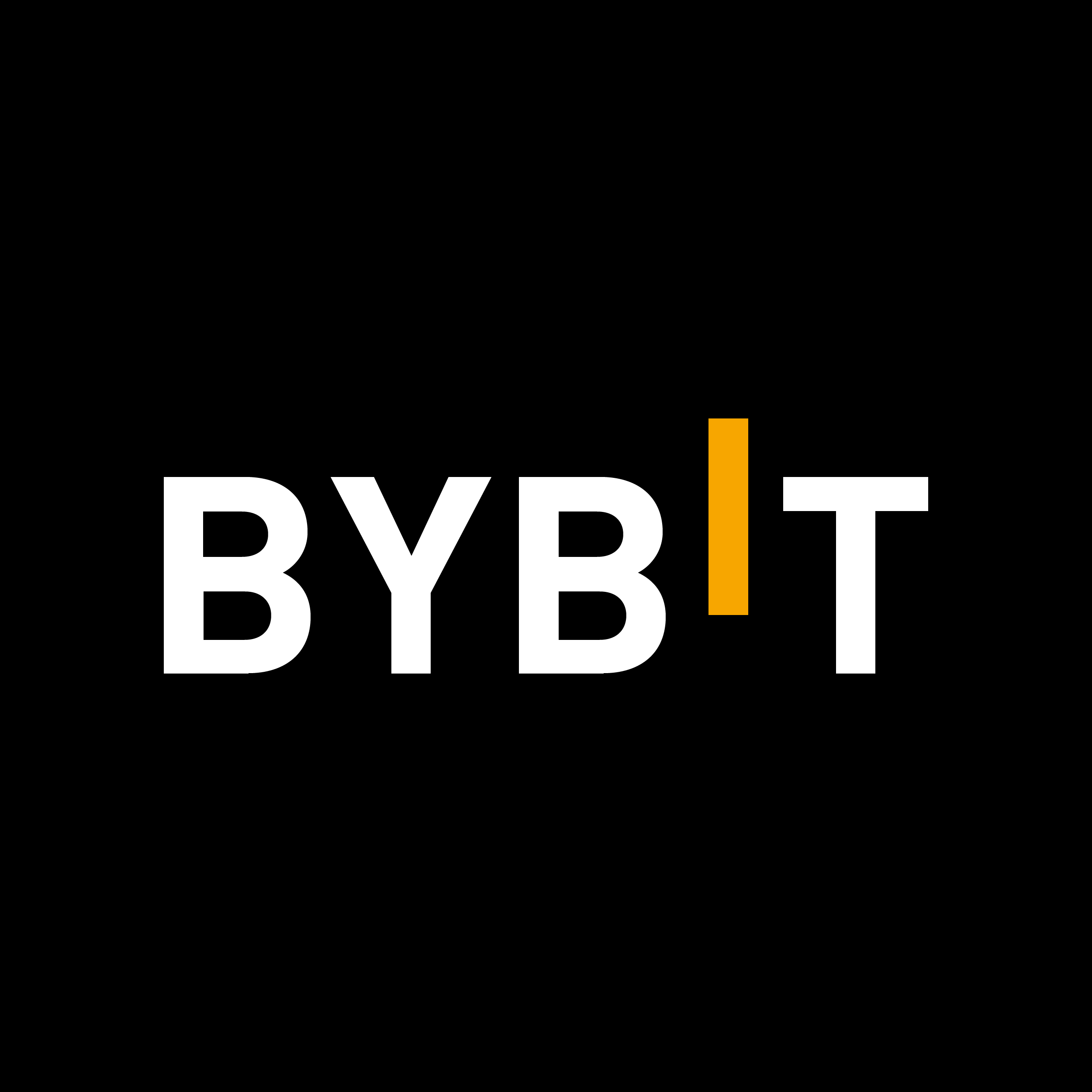

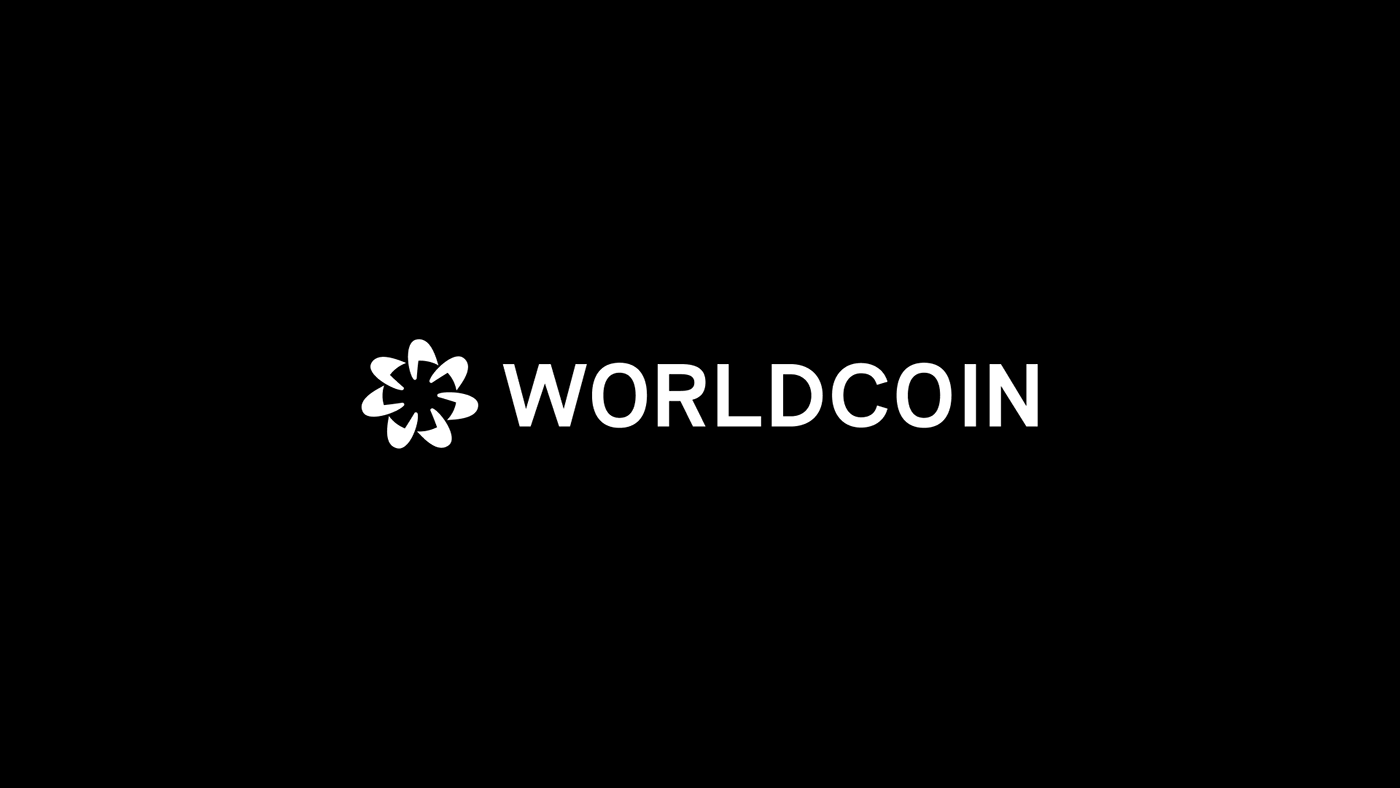



They talk about us
The team behind
the virus wheel
Each of us are deeply passionate about our mission, and the world of web 3.0. We are all ready to invest our time and passion into to the success of your web 3.0 business.


































